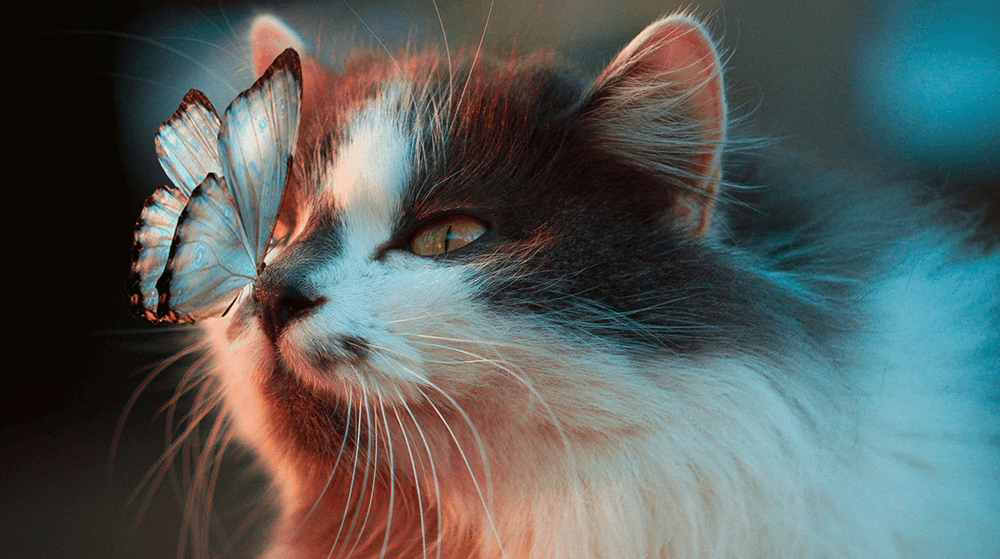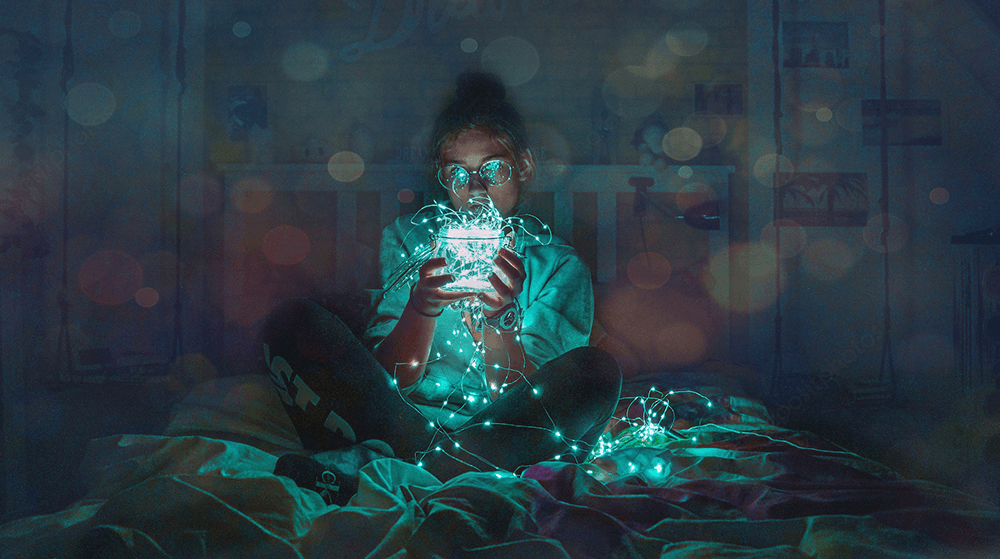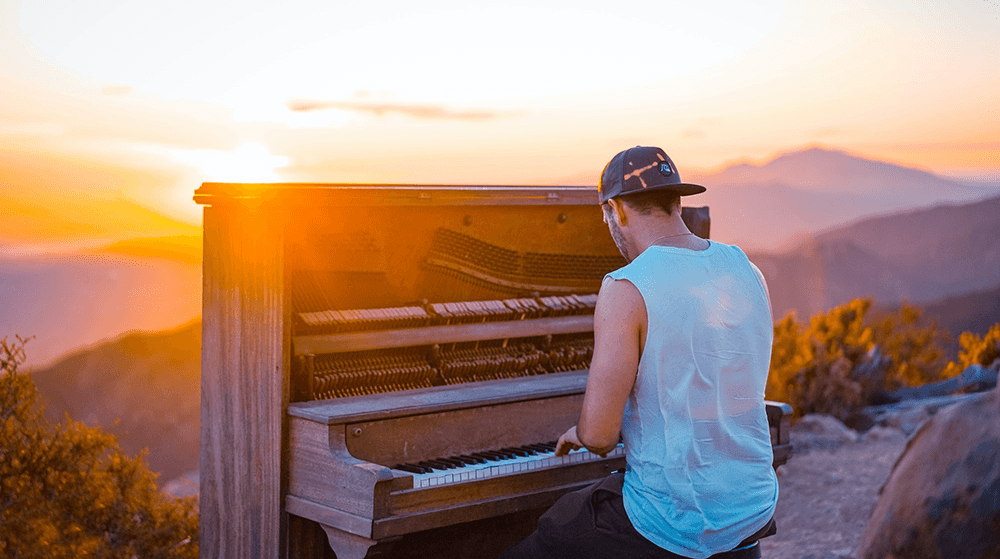How to Use Music to Inspire Your Imagination
Besides helping you focus, music helps you tap into your creativity by firing up your imagination.
Steven Puri
Save time with Sukha
Imagination Matters
One of the most effective means of firing up your imagination and getting into a Flow State is by listening to or performing music. To better understand this phenomenon, let’s consider the role of the imagination.
Your brain operates in two states: default mode network and central executive (or salience) network.
Simply put, the default mode is mind-wandering or daydreaming. This is the realm of your imagination.
Though your grade-school teachers might have told you to get your head out of the clouds, many great achievements occur while in default mode. We need to let our minds wander. As neuroscientist Dan Levitin writes, “daydreaming and mind-wandering, we know now, are a natural state of the brain.”
Letting your mind wander is one of the great joys of consciousness. Besides being relaxing and invigorating, it also inspires many creative projects.
By contrast, the central executive takes over when your attention is fully committed to the task at hand. Levitin writes that you’re in this mode while “doing your taxes, writing a report, or navigating through an unfamiliar city.”
Any task that requires your full attention fires up this network.
Both modes are essential for optimal cognitive health.
Problems happen when you constantly switch between them. Multitasking, a neurochemically and energetically taxing habit, is the bane of our era. When you lose focus, it’s tough to get back into the zone.
The loss of imagination is a major problem with context switching. Fortunately, music can help you regain focus and get into Flow States.
First, a little more on why your imagination matters.
Brain Phase
The act of imagining occurs in one place: the human brain. The mental process we call the imagination consists of three elements:
- Reproduction: remembering images or sensations derived from earlier perceptions
- Uniting: the combination of these images and sensations transformed into new information to be utilized for creative purposes
- Creative: the imagination is spontaneous and uncontrolled or it can be constructive and productive, best exemplified by science, philosophy, or art, devised with a plan or purpose in mind
When we look at the image of a cat on our computer, that feline exists in two places: as a photo on the screen as well as a neural activation pattern. If we close our eyes and imagine the same cat, it still exists, though only in our mind.
Imagining allows us to explore ideas that don't exist in the present environment (or perhaps are pure fantasy)—a trait with both positive and negative consequences. Getting caught up in conspiracy theories, for example, is unhealthy. Imagining a bass line that will become the foundation of a song is arguably a much better use of your imagination.
What we imagine is created within us rather than from external sources. An image (such as a photo or real cat) might inform our imagination, but what happens next (the formulation of a story in regards to that cat) is the result of complex neural circuitry.
Otherwise known as your imagination.
The Science of Imagination
Let’s use an example we take seriously at The Sukha: music.
While listening to music, you ingest information from sound waves and add meaning to this data. In this sense, your imagination works in reverse. Imagery is created from memory, even if the trigger is present.
What’s relevant is the story your imagination tells you. A great example of this process is dreaming, when you’re being informed by life experiences thanks to your mind. The images are not present, yet they fire the same neural regions as if those figures were actually next to you.
Your imagination is not confined to only moments when you intentionally daydream. You spend most of your waking time using your imagination. Research shows that, on average, your brain creates 2,000 daydreams every day, each lasting up to 14 seconds.
Here are a few examples of how we use our imagination:
- Creating a strategy. You imagine various possible solutions until the best is found.
- Listening to music. Music invokes images in the brain through rhythm, harmony, melody, and composition, fueling your imagination in ways words alone cannot.
- Reading. The written word elicits images and a narrative of objects and events that are not present. The best fiction writers leave wide-open spaces in their stories for our minds to fill in, which stokes our creative fires. We then feel invested in the story because we’re helping to write it.
- Being creative. Any creative action involves imagining the outcome before we’ve molded the clay or set pen to paper. This applies to all aspects of art, as well as in relationships and when practicing science.
- Understanding history. The timeline of history is in the mind, not the world. We might learn facts, but the visual representation of how those facts played out is in our heads. We can only imagine history.
Returning to literature, we enjoy stories and display deep feelings for fictional characters. Imagination allows us to have empathy for these characters because the emotions triggered by these stories are real—in our imagination. Whether the story is created in our minds or in the fantastical world of literature and cinema, part of us feels it to be true to life.
This is where Flow (and the music that gets you there) comes in.
The Flow of Music
Dartmouth University researchers pinpointed the brain regions responsible for imagination. The imagination is the product of a widespread network of neurons (the mental workspace) that consciously alters and manipulates images, symbols, and ideas, creating an intense mental focus that helps you devise new ideas and solutions to complex problems.
To witness the workings of the imagination, researchers hooked up 15 participants to an fMRI scanner and asked them to visualize specific abstract shapes. They then told them to imagine combining those shapes into more complex figures. The team discovered a large cortical and subcortical network across the brain producing the manipulations of imagery: their mental workspace.
Previous research has discovered that nothing demands as much neural real estate as music.
Music is the world’s most efficient coordination technology.
Using it throughout your day helps your creativity levels by tapping into the stories told by your imagination.
Pleasurable music captures your imagination by helping you get into a Flow State. In Flow, time feels suspended. Part of the reason music helps you achieve this mind state is thanks to the subconscious response music has on our brains.
Your brain subconsciously desires the anticipation of a reward. In musical terms, that means the closure of a musical phrase or the drop of a beat. This is why we feel music more than we think about it. As with imagining heroic tales, music also tells a story, one that helps you focus and get into Flow.
In this regard, music mimics the imagination, creating images and stories based on sounds. The preceding study helps explain the function of dopamine while listening to music: it ignites the higher brain by helping us imagine creative means for achieving our goals.
This release of dopamine while listening to your favorite music makes your tasks more enjoyable.
Music is also profoundly evocative and can have deep resonances, even without being familiar. Music can trigger your imagination even without calling up specific memories. Neurologist Oliver Sacks explains:
All of us have had the experience of being transported by the sheer beauty of music—suddenly finding ourselves in tears, not knowing whether they are of joy or sadness, suddenly feeling a sense of the sublime, or a great stillness within.
This is the same sense of awe that Mihaly Csikszentmihalyi realized when he defined the conditions for Flow. When your sense of time is suspended, you feel at one with everything around you. Focus isn’t even an issue, as you’re completely immersed in the present. He also recognized that music is one of the most powerful means for getting into Flow.
Whether you perform or listen to music, it taps into the deepest layers of your imagination. As Marcel Proust writes,
Music…helped me to descend into myself, to discover new things; the variety that I had sought in vain in life, in travel, but a longing for which was nonetheless renewed in me by this sonorous tide.
That’s a tide we can all Flow with.


